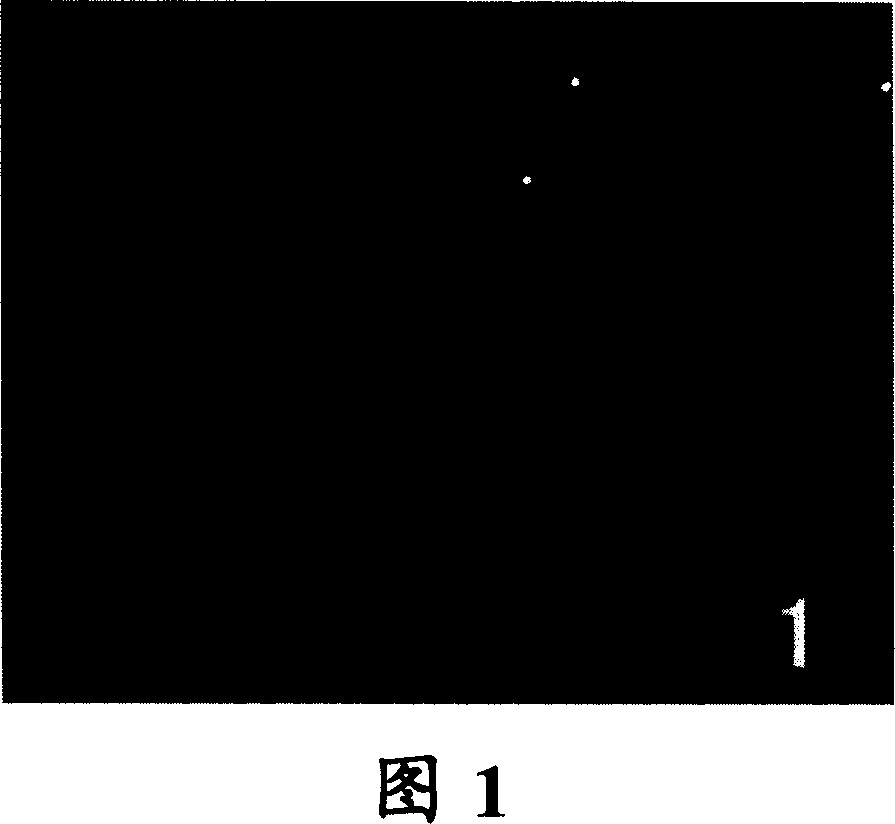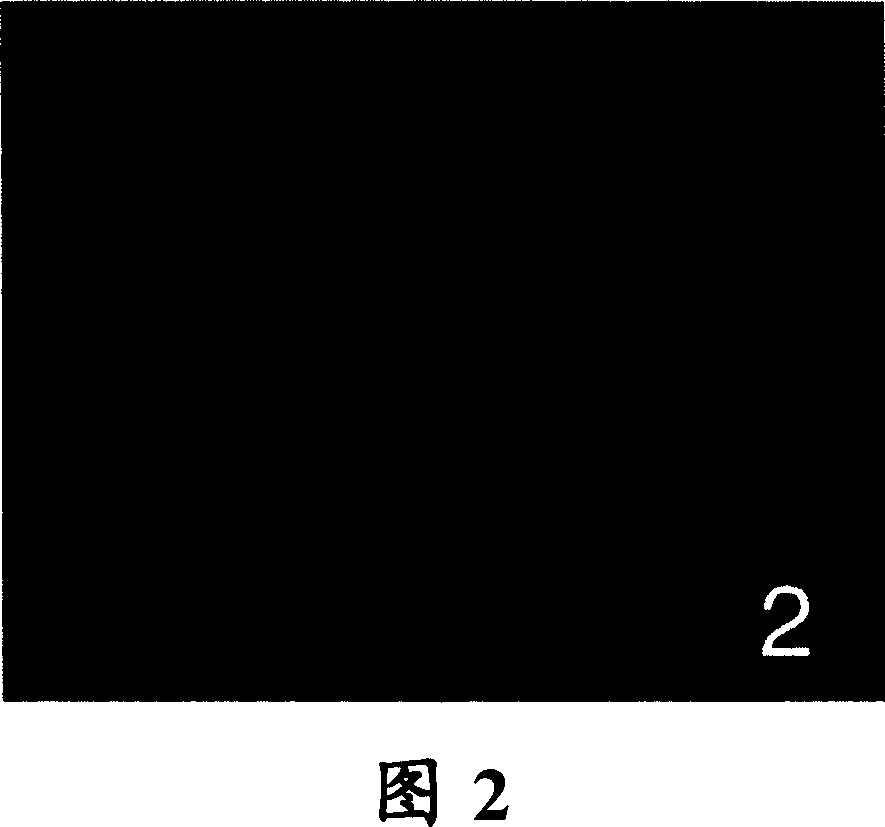Method for cultivating human umbilical blood stem cell and directionally differentiating the same to dopaminergic nerve cell and application for the obtained dopaminergic nerve cell
A technology for umbilical cord blood stem cells and umbilical cord blood stem cells is applied in the field of culture and differentiation of human umbilical cord blood stem cells, which can solve the problems of difficulty and ethics in obtaining seed cells.
- Summary
- Abstract
- Description
- Claims
- Application Information
AI Technical Summary
Problems solved by technology
Method used
Image
Examples
preparation example Construction
[0056] A. Preparation of striatal conditioned medium:
[0057] Cut the striatal tissue from the brain tissue of mammals (such as rats, mice, rabbits, and monkeys), carefully remove fibrous structures such as meninges and blood vessels under a dissecting microscope, pipette into a single-cell suspension with PBS, and centrifuge and wash for 2 ~3 times, then resuspended with L-DMEM / F12 complete culture medium (containing 10% FBS, 100IU / ml penicillin and 100IU / ml streptomycin), inoculated in a culture bottle placed at 37°C, 5% CO 2 cultured in a humidified incubator. The cell culture fluid was collected every day, centrifuged at 3000r / min×20min, the supernatant was filtered through a 0.22μm microporous membrane, and frozen for future use. Before use, it is mixed with H-DMEM complete culture medium at a ratio of 3 / 2 (v / v) to prepare striatal conditioned medium.
[0058] B. Preparation of conditioned medium for astrocytes:
[0059] The striatal cells were firstly cultured, and w...
Embodiment 1
[0074] Example 1 Isolation, cultivation and identification of umbilical cord blood stem cells
[0075] Separation and culture: collect 40-60ml of umbilical cord blood from healthy newborns, dilute it with sterile PBS in equal volume, then add 0.5% methylcellulose solution at a ratio of 1:4, mix well, let stand for 40-60min, and draw plasma After centrifuging the supernatant, resuspend with PBS to prepare a single cell suspension, then superimpose on an equal volume of lymphocyte separation medium, centrifuge at 1800r / min×20min, carefully absorb the interface cell layer, wash 3 times with PBS, and then Resuspend with H-DMEM complete culture medium (containing 10% FBS, 100IU / ml penicillin and 100IU / ml streptomycin), in 5×10 6 The density of cells / ml was seeded in a 12-well plate coated with poly-lysine containing coverslips, placed at 37°C, 5% CO 2 cultured in a humidified incubator. According to the shape of the cells, replace the culture medium in full for the first 7 days, ...
Embodiment 2
[0078] The preparation of embodiment 2 striatum conditioned medium
[0079] Newborn SD rats (within 24 hours after birth) were killed by neck dislocation, and the brain tissue was completely stripped, placed in PBS at 4°C, and the striatum tissue was cut out. The fibrous structures such as meninges and blood vessels were carefully removed under a dissecting microscope, and blown into PBS The single cell suspension was centrifuged and washed 2 to 3 times, and then resuspended with L-DMEM / F12 complete culture medium (containing 10% FBS, 100IU / ml penicillin and 100IU / ml streptomycin), and mixed with 2.5×10 5 The density of cells / ml was seeded at 25cm 2 Place the flask at 37°C, 5% CO 2 cultured in a humidified incubator. After 3 days, the medium was completely changed, and on the 6th day, the complete H-DMEM medium was added. The cell culture medium was collected every day, centrifuged at 3000r / min×20min, and the supernatant was filtered through a 0.22μm microporous membrane, an...
PUM
| Property | Measurement | Unit |
|---|---|---|
| purity | aaaaa | aaaaa |
Abstract
Description
Claims
Application Information
 Login to View More
Login to View More - R&D
- Intellectual Property
- Life Sciences
- Materials
- Tech Scout
- Unparalleled Data Quality
- Higher Quality Content
- 60% Fewer Hallucinations
Browse by: Latest US Patents, China's latest patents, Technical Efficacy Thesaurus, Application Domain, Technology Topic, Popular Technical Reports.
© 2025 PatSnap. All rights reserved.Legal|Privacy policy|Modern Slavery Act Transparency Statement|Sitemap|About US| Contact US: help@patsnap.com



